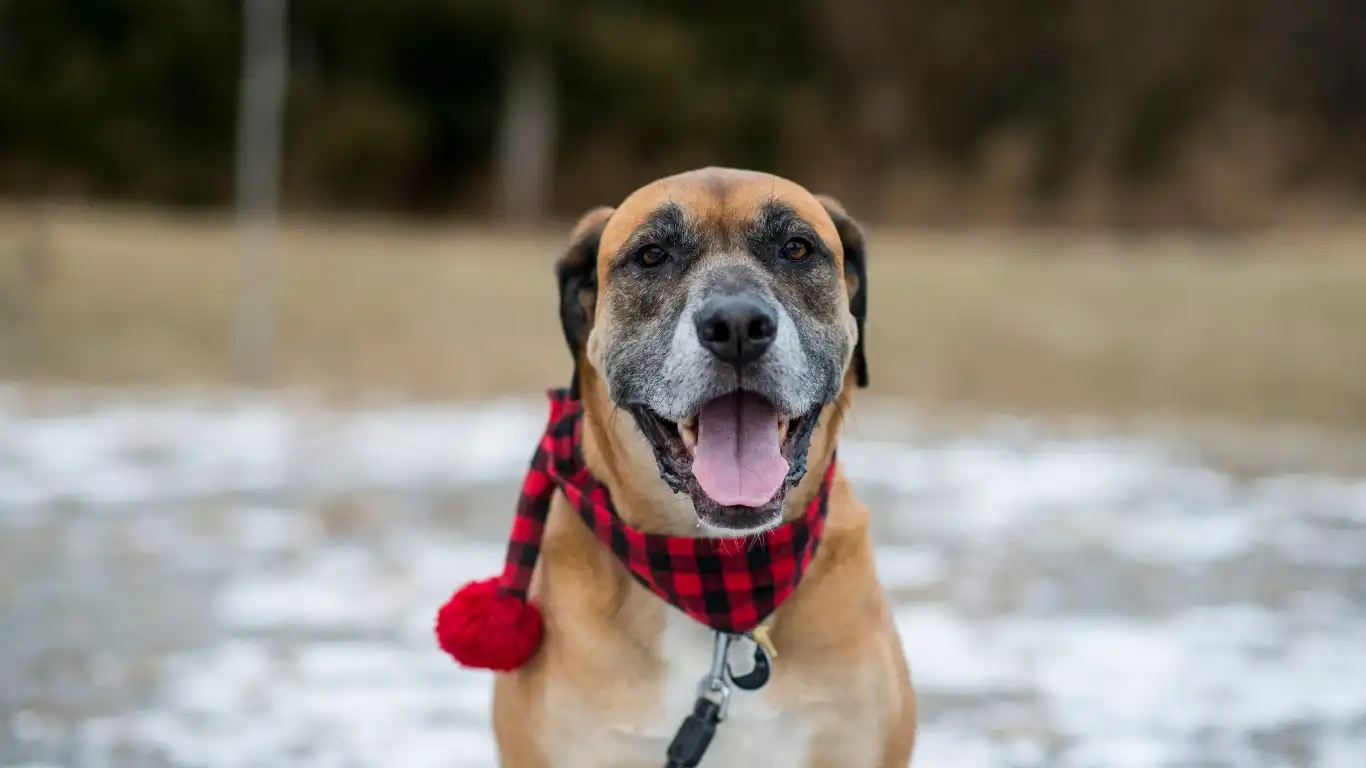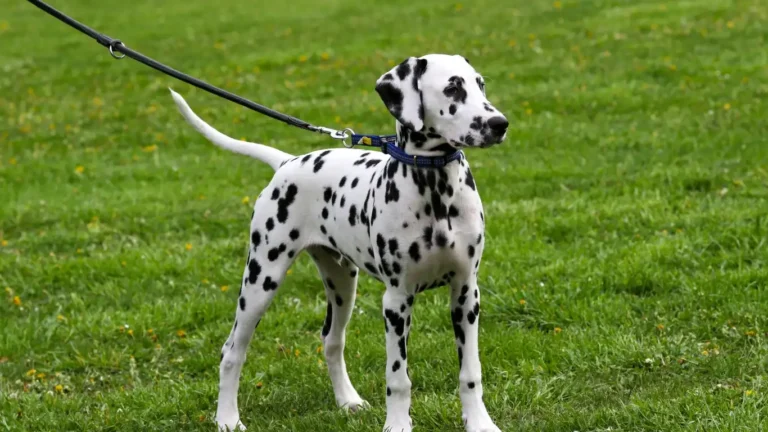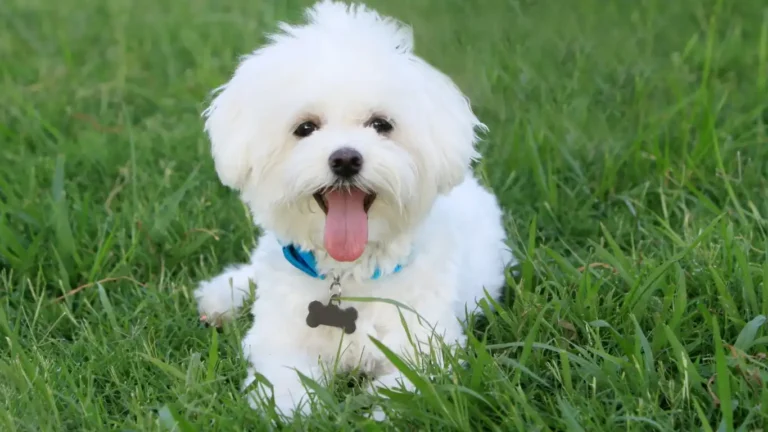Why Learning How to Safely Hike With Your Dog Changes Everything
If you’re wondering how to safely hike with your dog, you’re in the right place. As someone who works in the veterinary world—specifically in nutrition—I’ve had countless conversations with pet parents about planning safe, fun outdoor adventures. And as a dog mom myself, I know that hiking with your pup can be one of the most rewarding ways to bond and get some fresh air. But it’s not as simple as clipping on a leash and heading for the hills. You’ve got to be thoughtful about their health, energy levels, and comfort out on the trail. That’s where experience (and a little planning) comes in handy.
Why Hiking With Your Dog Is More Than Just a Walk

First off, let’s get one thing straight—hiking is not just a glorified walk in the park. It’s an adventure that puts different demands on your dog’s body. The elevation changes, rocky terrain, unpredictable weather, and length of the hike all matter. And if you’re anything like me, you’ve probably assumed your dog’s excitement means they’re ready to tackle anything. But trust me, I’ve seen too many dogs come into the clinic with worn-down pads, dehydration, or heat exhaustion just because their owners didn’t prep properly.
It’s also worth considering your dog’s breed and physical condition. I had a sweet bulldog patient once whose owner took him on a steep uphill hike in the middle of summer. The poor guy overheated halfway up, and they had to be rescued. A dramatic example? Sure. But it happens more often than you think.
Preparing Your Dog for the Trail

Start With a Health Check
Before you even think about trailheads, make sure your pup is up to the challenge. That means a quick check-in with your vet—especially if your dog is older, has joint issues, or isn’t used to much exercise. As a tech, I always recommend discussing hiking plans during your pet’s wellness visit. Mention the expected distance, terrain, and climate. It helps us assess joint health, hydration needs, and even whether tick/flea prevention is strong enough for where you’re going.
Train for Trail Life
If your dog’s idea of exercise is a quick loop around the block, don’t expect them to crush a 5-mile incline on day one. Gradually build their endurance with longer walks and light trail sessions. Focus on basic obedience too—especially recall. You’ll thank yourself later if your dog bolts after a squirrel and actually listens when you call them back!
Pack Smart: What Your Dog Actually Needs
Here’s where my vet tech brain kicks in. Most people pack for themselves and forget that dogs have their own trail needs. Always bring:
- Water & Collapsible Bowl: Don’t rely on creeks—those can carry giardia and other nasties.
- High-value treats or trail snacks: Think protein-packed, like freeze-dried liver or turkey jerky made for dogs.
- Paw balm or booties: Especially if the trail is rocky or hot.
- Dog-safe bug repellant: Some essential oils are toxic to dogs, so stick with products designed specifically for them.
- Poop bags (biodegradable if possible): Leave No Trace includes your dog too!
I also like to toss a small towel in my pack—great for drying off after creek dips or cleaning muddy paws before getting back in the car.
Choose the Right Trail for Both of You

One of the best ways to ensure you’re hiking safely with your dog is to pick a trail that fits your dog’s personality and fitness level. My border collie mix? He lives for those long, winding forest paths and loves climbing. But my best friend’s Pomeranian? She’s more of a shady park trail kinda gal. And that’s okay.
Here are a few things I always consider when scouting out new trails:
- Trail Surface: Rocky, sandy, or forest floor? Each affects your dog’s paws differently.
- Water Access: Nice for cooling off, but again—don’t let your dog drink straight from streams unless it’s filtered.
- Shade and Elevation: Especially important in warmer months.
- Dog-Friendly Rules: Make sure dogs are actually allowed and whether they need to be on leash at all times.
Pro tip: Check apps like AllTrails or local hiking groups on Facebook. Many users leave comments about whether the trail is dog-friendly, how rough the terrain is, or if there are steep drops you should be aware of.
Trail Etiquette: Being a Good Human (and Dog)

Okay, so you’ve got the gear, picked the perfect trail, and your dog’s tail is wagging like crazy. But let’s talk about something that gets overlooked way too often—trail etiquette. As someone who’s seen the aftermath of a poorly managed dog encounter (both at the vet clinic and on my own hikes), trust me when I say: manners matter. Big time.
Leash laws aren’t just red tape. Even if your dog is super friendly, not everyone else’s is. Or maybe the person you’re passing is terrified of dogs—I’ve had clients who love animals but get real anxiety on trails if off-leash dogs rush up to them. Keep your dog leashed unless you’re in a designated off-leash area and your recall game is 100% solid. Like, Olympic-level solid.
One thing I do? I teach my dog to step off to the side and sit when hikers or bikers come by. It’s a little thing, but it makes a big difference in how people perceive us. Plus, it keeps everyone safe and shows respect for shared spaces.
Dog-to-Dog Interactions
Just like people, dogs don’t all vibe with each other. Don’t assume every dog wants a trail-side sniff party. Always ask before letting your dog approach someone else’s pup. If another hiker has their dog leashed and close to them, take that as a sign to move along without interaction.
One time, I watched two dogs get tangled mid-hike because their owners let them “say hi” on retractable leashes—chaos doesn’t even begin to describe it. Luckily, no one was hurt, but it could’ve gone sideways fast. Be that proactive, thoughtful owner everyone’s grateful to run into.
Reading Your Dog’s Body Language on the Trail

This is where experience really comes into play. When you’re out hiking, it’s easy to miss the signs your dog is starting to feel off. Unlike us, they won’t complain or point to their sore foot—they’ll just try to power through until they physically can’t anymore. And as someone who’s treated limping dogs and overheated pups after hikes, I can tell you: it’s not always obvious until it’s too late.
Signs Your Dog Needs a Break
- Excessive panting or drooling—beyond their normal post-exercise cool down.
- Lagging behind—if your normally energetic dog is dragging, that’s a red flag.
- Limping or favoring a paw—check for burrs, small cuts, or cracked pads.
- Refusing water—a sign they might be too hot or too tired.
One tip I always give clients: bring a cooling towel and a little electrolyte supplement made for dogs (talk to your vet first, of course). I carry a tiny bottle of electrolyte drops in my pack. Just a few drops in their water can help perk them up if they’re fading on the trail.
How to Handle Emergencies Mid-Hike

So, what if the worst happens and your dog gets injured, overheated, or suddenly refuses to walk? As a vet tech, I always hike assuming something could go sideways. It usually doesn’t, but when it does, being prepared can make all the difference.
Pack a Simple Dog First Aid Kit
Nothing fancy needed. Just enough to stabilize until you can get help or back to the car. Mine includes:
- Self-adhesive wrap (like Vet Wrap)
- Gauze pads and antiseptic wipes
- Small scissors and tweezers
- Benadryl (with your vet’s dosage recommendation!)
- Bootie or pad protector
Years ago, I helped a friend’s dog who gashed his paw on a sharp rock mid-hike. We were lucky I had wrap and gauze because we still had to hike out two miles. The dog was okay, but it was a great reminder: things happen fast on the trail.
Know When to Bail
One of the hardest things for hikers to do is turn around early. But if your dog is struggling, there’s no shame in calling it a day. Safety always trumps distance. I’ve seen dogs collapse from heatstroke—no hike is worth that risk. Know your dog’s limits and respect them, even if you’re only halfway to that summit selfie.
Nutrition Tips for Active Dogs

Here’s where my specialty in nutrition really kicks in. Hiking burns way more calories than a regular walk, and your dog needs fuel to match. Depending on the hike’s length and your dog’s size, they may need a small meal before and a snack during longer treks.
Pre-Hike Meal Timing
I recommend feeding at least 1.5 to 2 hours before heading out. That gives time for digestion and helps prevent bloat—especially in deep-chested breeds. Don’t feed a full meal right before hiking. It’s one of those things people forget about, but it can be dangerous if your dog is running on a full stomach.
Smart Snacks on the Go
- Dehydrated meat strips
- Soft training treats for quick energy
- Dog-friendly energy bars (yes, they exist!)
If your dog is out hiking for more than an hour or two, they’ll burn through energy fast. I’ve used dog-safe trail bars from brands like Zuke’s and The Honest Kitchen, but I also make my own with oats, peanut butter, and pumpkin puree. Way cheaper and I know exactly what’s in them.
Post-Hike Care: What Your Dog Needs After the Trail

So you made it back to the car, everyone’s tired (but in that good way), and your pup is snoozing in the backseat. Nice work! But your job’s not quite done yet. Proper post-hike care is just as important as the prep, especially if you want your dog to stay healthy and bounce back quickly for the next adventure.
First thing I do when I get home? A full-body check. It sounds extra, but I’ve caught ticks, cuts, and sore paws this way before they turned into bigger issues. Start at their head and work your way down:
- Check ears for burrs, seeds, or signs of infection if they went swimming.
- Examine paws for cracks, embedded pebbles, or raw spots.
- Brush out their coat—especially if they’ve got a thick double coat or were on a trail with lots of brush.
- Look for ticks in warm spots like under the collar, armpits, and groin area.
One of my long-time clients had a golden retriever who came home from a hike with a little limp. Turned out to be a thorn embedded in the pad that led to a mild infection. She felt awful for missing it initially—but that’s exactly why these post-hike inspections matter so much. Little things can turn into big vet visits.
Cooling Down and Rehydrating

After exertion, dogs need to cool down slowly—just like we do. Let your dog rest in the shade or indoors with fresh water, but don’t encourage chugging too fast if they’re panting hard. I usually offer small amounts of cool (not icy) water over 15-20 minutes to avoid upsetting their stomach.
If your hike was especially long or strenuous, offering a small post-hike meal—nothing too heavy—is a nice way to replenish energy. I tend to keep it light and easily digestible, like boiled chicken and rice or a portion of their usual food with a little water added to help rehydrate. And yes, I’ve been known to make a post-hike smoothie for my dog… just a mix of goat milk, blueberries, and a scoop of collagen powder. Don’t judge!
Logging the Adventure
Okay, hear me out—this part might sound nerdy, but keeping a little trail log or journal for your dog’s hikes is super helpful. Especially if you’re hitting new trails often or slowly increasing difficulty. Jot down:
- Trail name and distance
- Temperature and weather conditions
- How your dog did—energy level, recovery, any issues
- Any gear that worked or didn’t
Doing this has helped me fine-tune my gear and better understand how different hikes affect my dog. I’ve also used this info during vet visits to talk about my dog’s activity levels and joint care plan—it’s part of how I build a nutrition strategy around his real lifestyle, not just generic “active dog” assumptions.
Final Thoughts on How to Safely Hike With Your Dog
At the end of the day, learning how to safely hike with your dog is about more than just physical prep—it’s a mindset. Be observant. Be flexible. Be the kind of person who puts their dog’s needs first, even if that means skipping the summit or taking an extra water break. Your pup isn’t just tagging along on your adventure—they’re your teammate. And with the right planning, you’ll both come back tired, happy, and stronger every time.
Over the years, I’ve had hikes that went sideways, ones that were just okay, and a few that felt downright magical. Every single one taught me something about my dog—and myself. And if I can pass along even a sliver of that to help another dog and their human enjoy the trail safely, then all those muddy boots and early mornings are worth it.
References
- American Veterinary Medical Association
- ASPCA
- TrustedHousesitters (for tips on hiking safely with dogs while traveling)
- American Kennel Club (AKC)
Disclaimer
This article is based on my experience as a veterinary technician specializing in nutrition and my personal hiking adventures with dogs. It’s not a substitute for veterinary advice. Always consult your veterinarian before making any major changes to your dog’s routine, exercise level, or diet—especially if your dog has any pre-existing medical conditions or unique needs.






